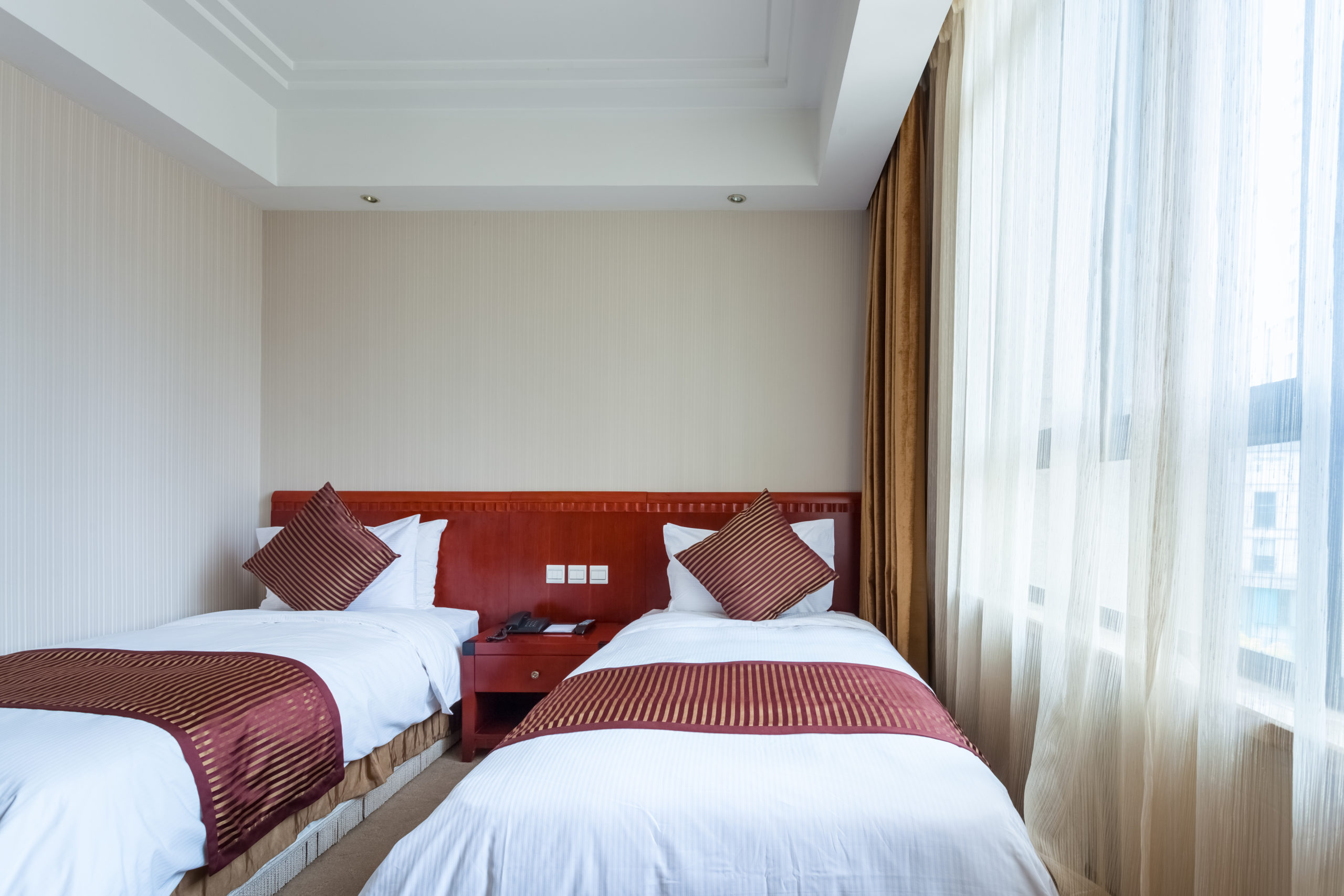
Last week, Sheboygan County’s health department reported a second death from Legionnaires’ disease. Although the specific source of Legionella, the bacteria that causes Legionnaires’ disease, is unknown, cases of the bacterial disease were reported at Millipore Sigma in Sheboygan Falls and Pine Haven Christian Communities’ Oostburg location. A Millipore Sigma representative said in an email last week that a few employees reported flu-like symptoms and tested positive for Legionnaires’ disease after routine cleaning and maintenance of the site’s wastewater facility. The exposure is suspected to have come from a piece of equipment in the company’s wastewater treatment plant. Oostburg Village…



